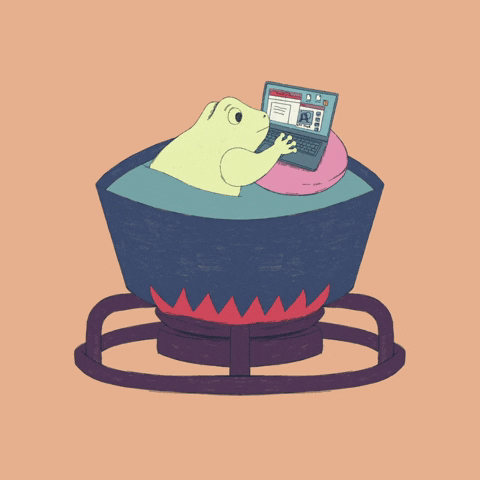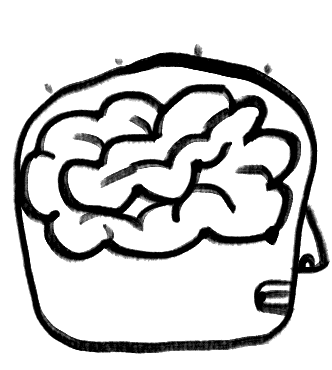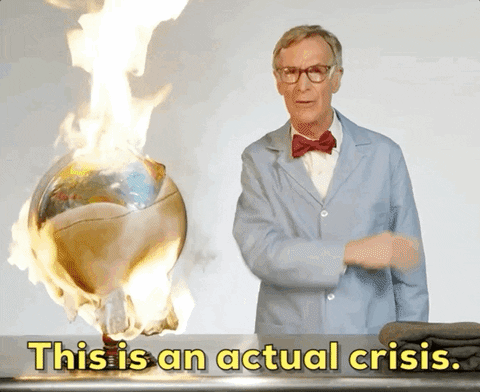
Ever heard the story about the frog in a pot of boiling water?
A frog jumps into a pot of water on a stove. The frog isn't alarmed at all that the pot is about to boil because the temperature of the water is changing too slowly for the frog to notice it's in danger.
How does the story relate to climate change?
With everything happening in the news these days, people just don't seem to be urgently worried about climate change.
In Don't Even Think About It: Why Our Brains Are Wired To Ignore Climate Change (Bloomsbury, 2015), author and climate activist George Marshall explains:
People aren't so different from the frog in the pot when it comes to climate change.
People don't see climate change as a real threat, and it's holding us back from having effective climate change conversations.
How do we respond to threats?

According to Marshall, our brains are wired to worry about threats that are:
☑️ Here and now
☑️ Affect us directly
☑️ Certain
☑️ Come from an identifiable enemy
A person running at you with a knife checks all of these boxes, and your brain sends you into a fight, flight, or freeze response.
Why don't people see climate change as a threat?

Climate change doesn’t check the threat boxes!
✖️ It's not “here”.
Climate change isn't felt equally across the world.
People don't really "see" it in developed countries.
✖️ It's not “now”.
People see it as a future problem.
Most climate scientists talk about what will happen in 2030, or in 50 years to 100 years.
✖️ It's not always described as "certain".
Until recently, scientists shied away from describing the effects of climate change as a certainty because models weren’t good enough.
Scientists often avoid strong language about climate change because they're trying to remain "neutral".
✖️ There's no clear "enemy".
How can you blame melting permafrost for releasing methane?
There is no one specific actor to blame.
Why is it so hard to communicate the threat of climate change?

Recent events like droughts and wildfires around the world have shown us that climate change is HERE and NOW. It's already having worse effects on the countries that least cause it.
But without an identifiable enemy, the topic presents a challenging disconnect. Since all humans, especially those of us in high-emissions countries like Canada, contribute to the problem, the enemy is ourselves.
The only language we have to talk about the problem, the scale, or the solutions is seen as "technocratic elite" language. We don’t have a public language for it yet.
Take Action
 How do we get people to recognize the threat of climate change?
How do we get people to recognize the threat of climate change?
We need to change the conversation by connecting with people on a more personal and emotional level.
Before you start talking to people, ask yourself:
Click the links below for more Climate Communications Bytes!
Byte 1: 7 things people get wrong about climate change
Byte 2: 6 myths we need to confront if we want a clean energy future
Byte 3: Why we need a new approach to climate change conversations
Byte 4: Why aren't people more worried about climate change?
Byte 5: Can I talk to people about climate change even if I'm not an expert?
Byte 6: 5 things to consider before you start a conversation about climate change
Byte 7: 6 ways to have better conversations about climate change
Byte 8: What is the climate change “spectrum of engagement”?
Byte 9: How will the "messaging triangle" help me talk to people about climate change?

These Bytes were created with the assistance of Generation Climate.

Your feedback matters to us.
This Byte helped me better understand the topic.
